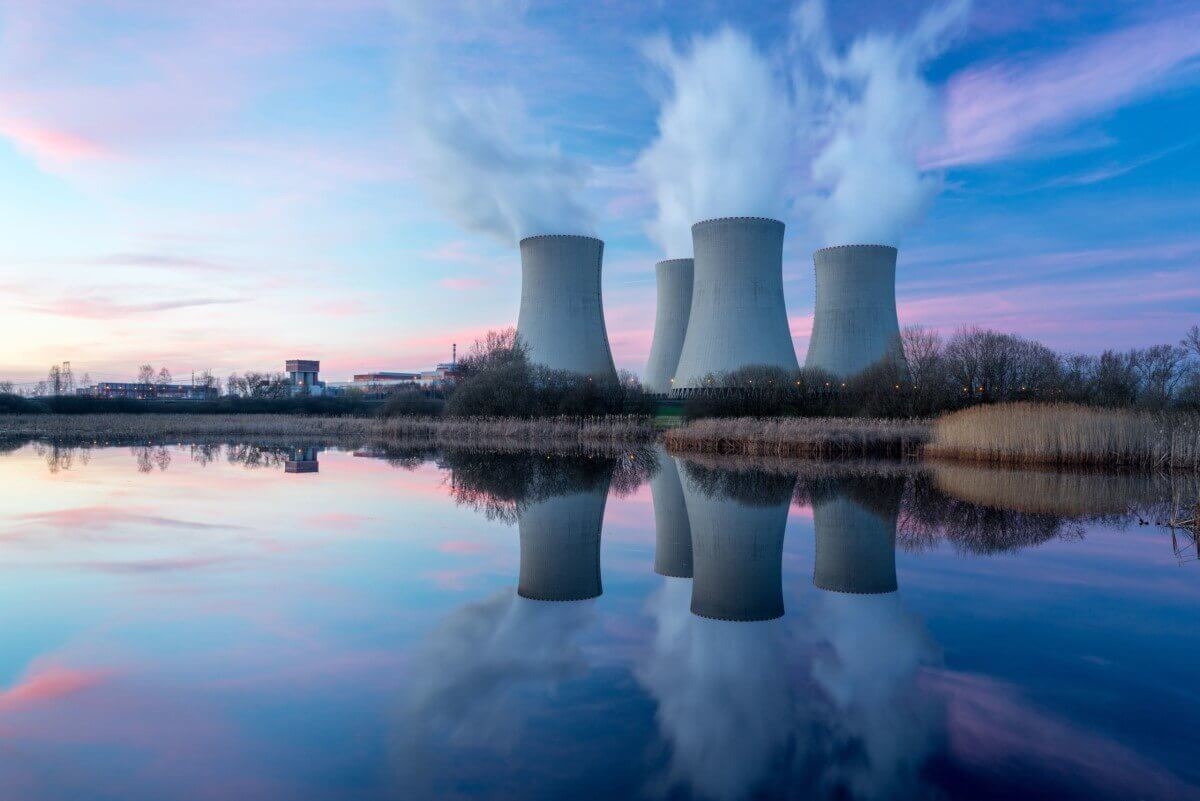DOE and NRC build on a history of cooperation. Building on a history of bilateral collaboration in nuclear energy, the U.S. Department of Energy (DOE) and the U.S. Nuclear Regulatory Commission (NRC) have cooperated on multiple initiatives related to light-water reactors, non-light-water reactors, and advanced fuels. Since 2016, DOE and NRC have signed nine bilateral or multilateral memoranda of understanding and addendums to facilitate cooperation between the two organizations. Additional cooperation between DOE and NRC was formalized under the Nuclear Energy Innovation Capabilities Act (NEICA) of 2017, which was signed into law in 2018.
DOE and NRC cooperation moves advanced reactors forward. In 2019, NRC and DOE embarked on an initiative to evaluate the interoperability of DOE codes for use in analysis of Accident Tolerant Fuels and non-LWRs. Effective October 7, 2019, the DOE and NRC signed a memorandum of understanding to share technical expertise and computing resources to accelerate the deployment of advanced reactors. DOE stated that, “The agreement couples the research capabilities of DOE’s national laboratories with the regulatory expertise of the NRC to help inform and accelerate the development and licensing of advanced reactors.”
The NRC proposes an integrated NRC and DOE code suite for non-LWR safety analysis. As part of its strategy to identify and develop tools to enable its staff to perform technical review of non-LWR applications, the NRC published “NRC Non-Light Water Reactor (Non-LWR) Vision and Strategy, Volume 1 – Computer Code Suite for Non-LWR Plant Systems Analysis,” the first volume in a multi-part series. Published in 2020, the report proposed an integrated code suite for non-LWR safety analysis, the Comprehensive Reactor Analysis Bundle (“CRAB”). CRAB integrates existing NRC codes with several codes developed through the DOE Nuclear Energy Advanced Modeling and Simulation (NEAMS) program, which possess unique capabilities for non-LWR analysis.
NEAMS modeling and simulation tools support non-LWR safety analysis. Several NEAMS-developed modeling and simulation tools, including GRIFFIN, PRONGHORN, Nek5000, BISON, SAM, and MOOSE are utilized in CRAB.
